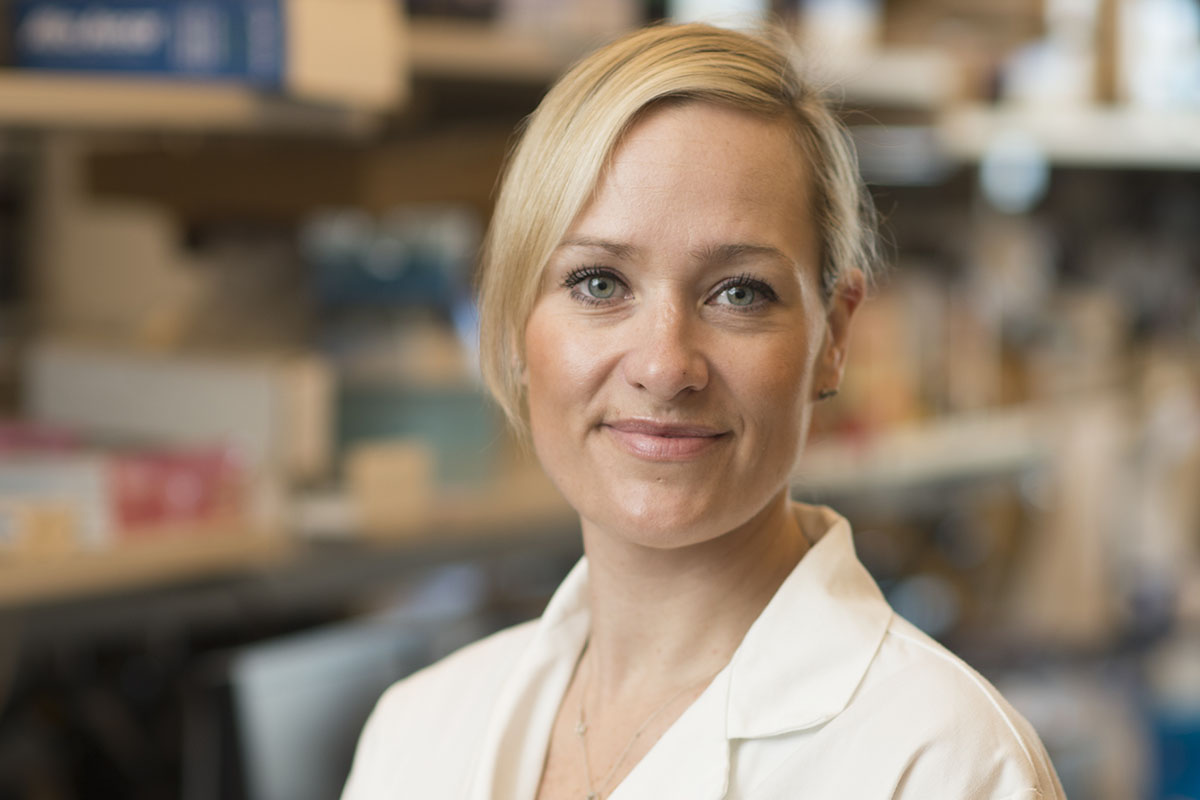For people with breast cancer, biopsies have long been the gold standard for characterizing the molecular changes in a tumor, which can guide treatment decisions. Biopsies remove a small piece of tissue from the tumor so pathologists can study it under the microscope and make a diagnosis. Thanks to advances in imaging technologies and artificial intelligence (AI), however, experts are now able to use the characteristics of the whole tumor rather than the small sample removed during biopsy to assess tumor characteristics.
In a study published October 8, 2020, in EBioMedicine, a team led by experts from Memorial Sloan Kettering report that — for breast cancers that have high levels of a protein called HER2 — AI-enhanced imaging tools may also be useful for predicting how patients will respond to the targeted chemotherapy given before surgery to shrink the tumor (called neoadjuvant therapy). Ultimately, these tools could help to guide treatment and make it more personalized.
“We’re not aiming to replace biopsies,” says MSK radiologist Katja Pinker, the study’s corresponding author. “But because breast tumors can be heterogeneous, meaning that not all parts of the tumor are the same, a biopsy can’t always give us the full picture.”
Harnessing the Power of Machine Learning

The study looked at data from 311 patients who had already been treated at MSK for early-stage breast cancer. All the patients had HER2-positive tumors — meaning that the tumors had high levels of the protein HER2, which can be targeted with drugs like trastuzumab (Herceptin®). The researchers wanted to see if AI-enhanced magnetic resonance imaging (MRI) could help them learn more about each specific tumor’s HER2 status.
One goal was to look at factors that could predict response to neoadjuvant therapy in people whose tumors were HER2-positive. “Breast cancer experts have generally believed that people with heterogeneous HER2 disease don’t do as well, but recently a study suggested they actually did better,” says senior author Maxine Jochelson, Director of Radiology at MSK’s Breast and Imaging Center. “We wanted to find out if we could use imaging to take a closer look at heterogeneity and then use those findings to study patient outcomes.”
The MSK team took advantage of AI and radiomics analysis, which uses computer algorithms to uncover disease characteristics. The computer helps reveal features on an MRI scan that can’t be seen with the naked eye.
Using an Algorithm to Personalize Treatment
In this study, the researchers used machine learning to combine radiomics analysis of the entire tumor with clinical findings and biopsy results. They took a closer look at the HER2 status of the 311 patients, with the aim of predicting their response to neoadjuvant chemotherapy. By comparing the computer models to actual patient outcomes, they were able to verify that the models were effective.
“Our next step is to conduct a larger multicenter study that includes different patient populations treated at different hospitals and scanned with different machines,” Dr. Pinker says. “I’m confident that our results will be the same, but these larger studies are very important to do before you can apply these findings to patient treatment.”
“Once we’ve confirmed our findings, our goal is to perform risk-adaptive treatment,” Dr. Jochelson says. “That means we could use it to monitor patients during treatment and consider changing their chemotherapy during treatment if their early response is not ideal.”
Dr. Jochelson adds that conducting more frequent scans and using them to guide therapies has improved treatments for people with other cancers, including lymphoma. “We hope that this will get us to the next level of personalized treatment for breast cancer,” she concludes.






